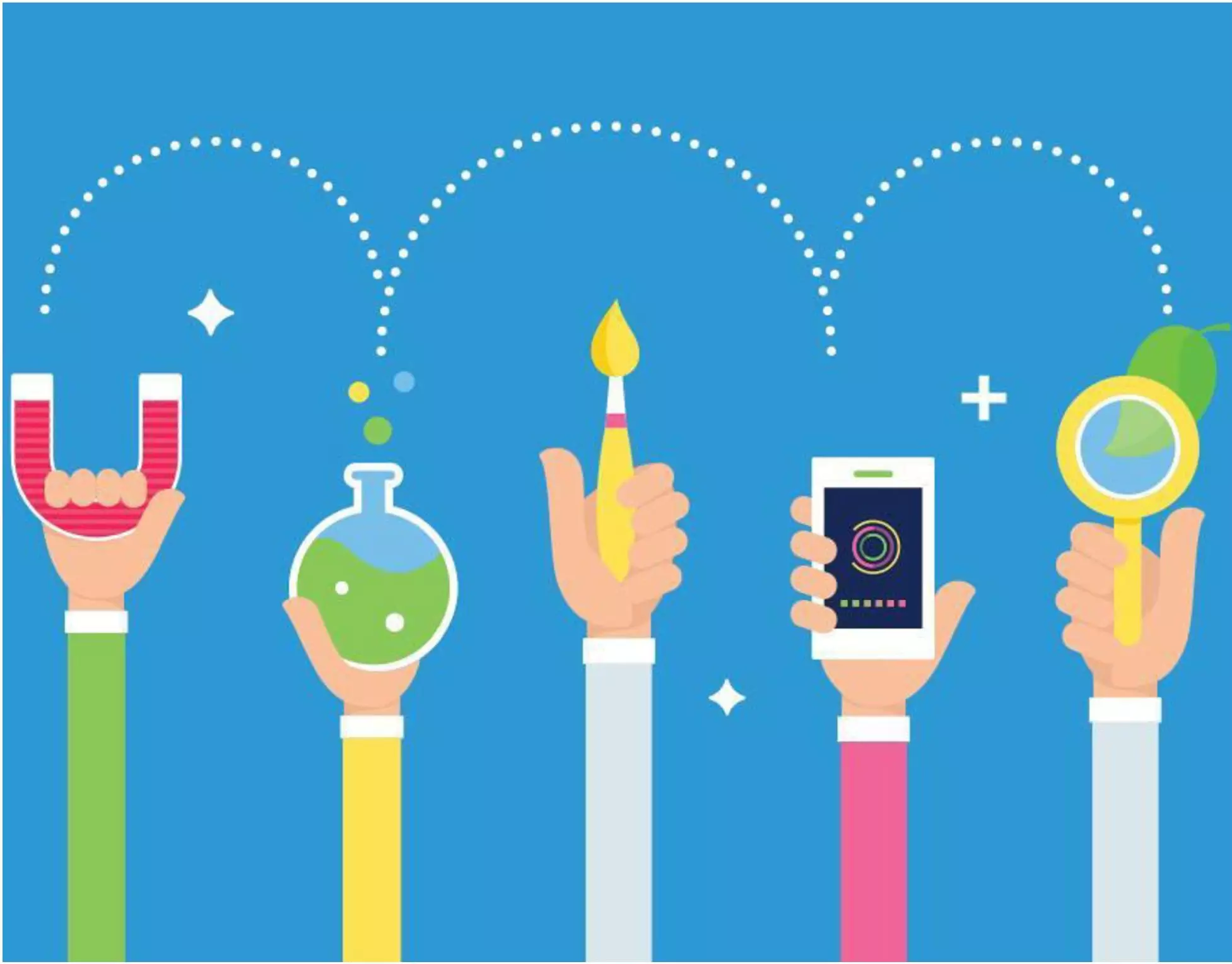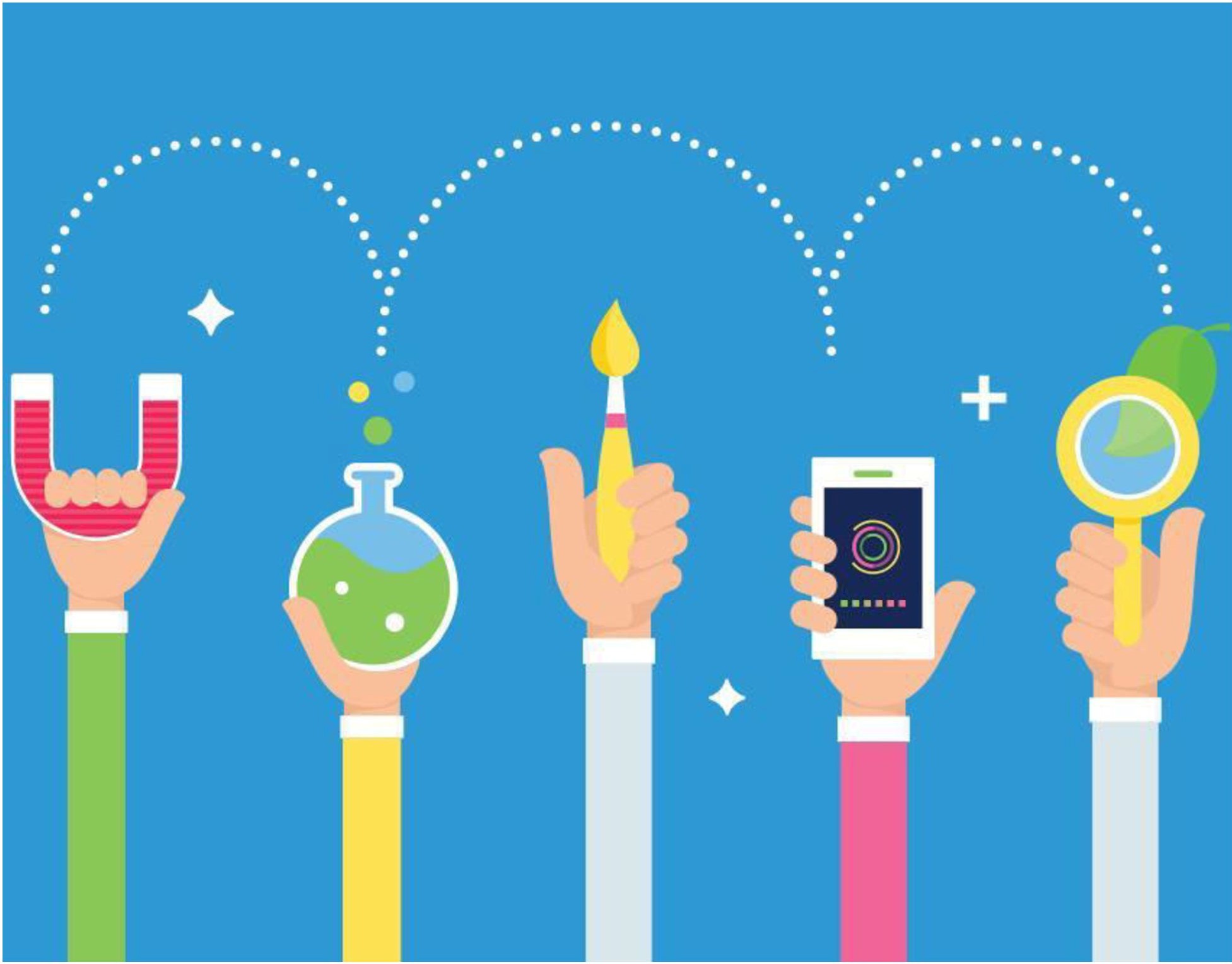
Integrated education is a teaching method that combines a variety of skills, subjects, and ideas to provide children with a better and more meaningful learning experience. It teaches students how to implement what they learn in school in real-world situations by combining theoretical learning with hands-on experiences. Unlike traditional teaching methods, integrated learning focuses more on a holistic approach, prioritizes learners’ needs, and connects different subjects.
When teachers use this method in the classroom, many students learn to think critically and logically, develop problem-solving skills, and have a better understanding of our world. This is because integrated learning helps students analyze concepts rather than simply memorizing facts.
This technique also promotes interdisciplinary initiatives, which further improve problem-solving abilities. For example, students use this strategy to identify issues, assess different solutions, and apply their findings to real-world scenarios.
Role of integrated education in the lives of students
Integrated education can boost not just academic performance but also help students develop critical thinking abilities. It prepares students for the real-world complexities that can help them achieve success in their school, personal, and social lives.
Benefits of having integrated technology in the classroom
Integrated education means combining multiple topics in lessons and bringing together students from various cultures to collaborate and learn as a group. Many studies have shown that integrated classroom learning has resulted in significant educational, societal, and economic benefits.
Here are some detailed insights into the benefits children receive from integrated learning:
- Engaging school environment
It is a common myth that technology is a distraction, however, many researchers have proven that integrated education increases student participation in various activities. Using different devices like tablets, computers, or new technologies can help students learn the subjects or topics easily without much distraction. A recent study showed that almost 92% of teachers rely on the internet to access content and resources, which further creates a more engaging learning environment.
- Societal
An integrated approach in learning also benefits students on societal grounds. It promotes friendships among students who come to school from different backgrounds. Therefore, schools that embrace diversity with the help of technology tend to prepare students for real-world communications. Another benefit is that technology boosts student collaboration, as many educators have reported that using technology in any group task nurtures students’ teamwork skills which are crucial for workplace success.
- Economical
Maintaining school systems based on religious or cultural background is costly for both the government and the local community. The establishment of good school systems for integration would help to optimize resources and reduce financial burdens. A recent study shows tha t integrated education improves better allocation of educational funds within communities. In this rapidly evolving Indian job market, digital skills are crucial for ensuring employability as well as economic stability.
How to implement integrated learning in the classrooms?
Teachers and educators can implement integrated learning through various approaches like:
- Interdisciplinary units: By designing lessons that can connect with multiple subjects to give broader knowledge in each subject. For example, students can undertake a project that is based on climate change by integrating subjects like geography, science, and social studies.
- Project-based learning: It encourages students to engage in a different hands-on project that needs critical thinking and collaboration. By implementing this, a teacher can not only encourage deeper understanding but also foster practical skills based on real-world scenarios.
- Real-world examples: As analyzed from the above discussion, incorporating this integrated approach through real-world issues into valuable lessons can help students learn and grow. For example, working on local environmental issues might broaden their viewpoint and allow students to use their skills in a real-world setting.
- Collaboration and communication: Group activities promote teamwork skills which further enhance communication skills and a sense of community among students. Working on different collaborative projects can help students develop interpersonal skills crucial for future success.
What are the challenges of integrated learning?
Integrated education in schools can significantly increase educational outcomes, however, the gray areas can not be neglected either. There are some specific challenges that Indian schools might face in implementing this such as:
- Understanding of multiple subjects: This form of learning implies that teachers must have an in-depth understanding of various subjects, and know how to train students in each subject thoroughly. It could be a potential challenge for many educators as most of them might have ground-level knowledge in other subjects which highlights the lack of adequate teacher training in schools.
- Managing large classrooms: Large classrooms can be quite difficult to manage for teachers which can complicate the overall implementation of an integrated approach in learning. Studies showed that educators often struggle to maintain order and ensure student engagement while using such collaborative methods in classrooms.
- Time-consuming implementation approach: Implementing integrated technology in the classroom requires detailed planning. Similarly, creating integrated lesson plans needs huge time investment for research and preparation. As a result, many teachers face difficulties in managing time due to their existing curriculum and administrative responsibilities in schools.
How can schools and districts support integrated learning?
Both schools and districts play an important role in supporting integrated learning through the implementation of several key strategies. Here are some effective methods that you can use in your school:
- Provide teachers with development opportunities: Professional development programs can help teachers learn the necessary skills and knowledge required for designing interdisciplinary lessons. Initiatives such as the National Teacher Training Program in India emphasize improving teacher’s capabilities to integrate technology in the classrooms.
- Design curriculum that supports integrated learning: Promoting integration across all subjects can help as this involves aligning learning objectives with different fields to increase cohesiveness in the field of education.
- Create a collaborative and innovative culture: Encouraging collaboration within the community can boost innovative teaching practices. Schools can launch professional learning communities where teachers share resources and strategies for integrated education. Certain programs such as local Community Schools in India are promoting partnerships in local schools through collaborative projects to benefit students.
Lastly, it can be concluded that integrated learning offers significant benefits by fostering critical thinking, problem-solving, and a deeper understanding of the world. While there are challenges in implementation, with proper support for teachers and a collaborative school culture, integrated education can greatly enhance students’ academic and personal growth, preparing them for success in an interconnected world.
With strategic investments in teacher training and infrastructure upgrades, schools can create an environment conducive to integrated learning. This is where organizations like Varthana play a vital role, offering financial solutions to support these initiatives and helping schools build a sustainable path to success and profitability.
Disclaimer: No Deccan Chronicle journalist was involved in the creation of this content. The group also takes no responsibility for this content.
